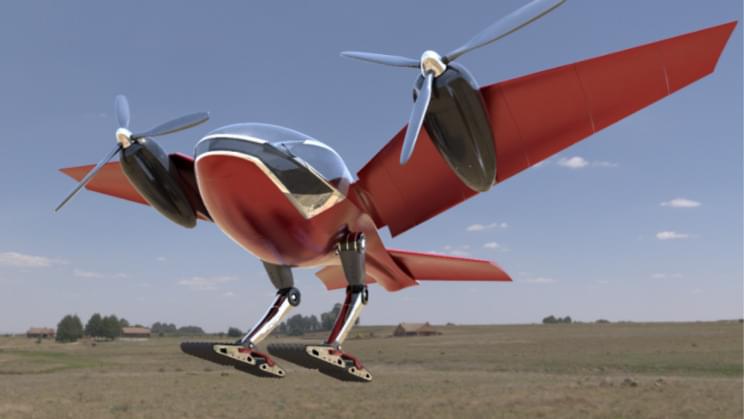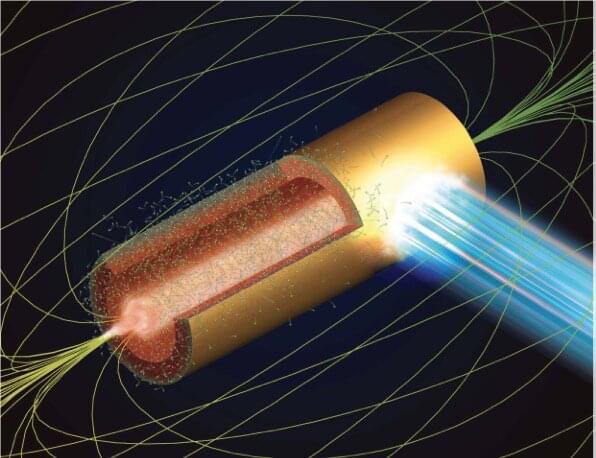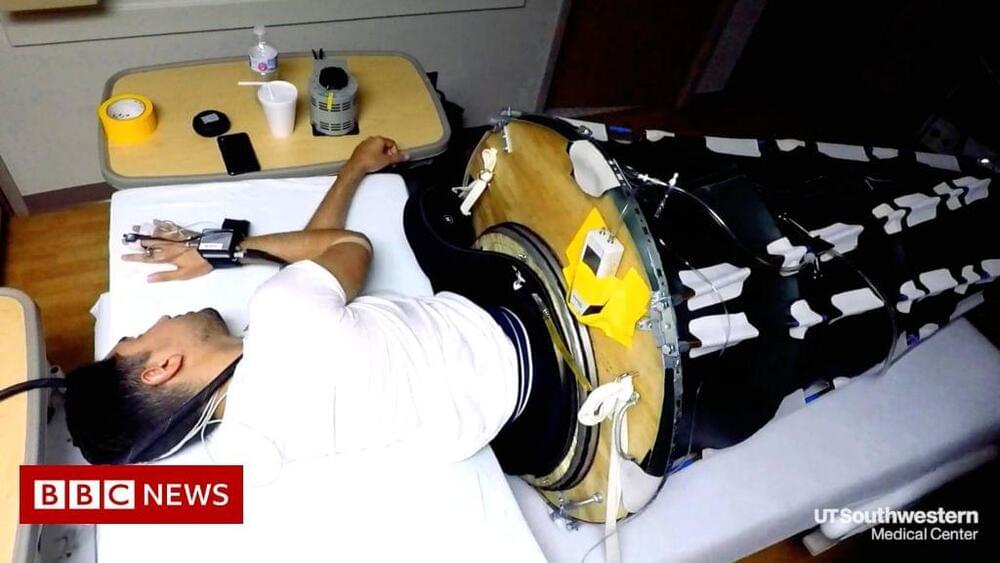Dec 10, 2021
A New Bird-Shaped Air Taxi Can Take Off With a Nearly Vertical Trajectory
Posted by Gemechu Taye in categories: sustainability, transportation
Like a cybernetic pelican.
In all our coverage of air taxis that include wing designs, propulsion technologies, flight endurance, top speeds, we have surely not come across something so radical as this intriguing piece called PHRACTYL. If this appears to you like a bird that has mistakenly grown a pair of propellers at first glance, you are right on spot.
While birds have been the source of inspiration for human flight, after the success of the Wright Brothers, the flat wide wings have become a standard in aviation and technological advancements have happened on getting more lift from these wings. However, the engineers at PHRACTYL have dumped this conventional wisdom for a radically unique design that resembles a bird’s wing. But that’s not where they have stopped. The tail and the landing gear are no different, giving the aircraft the appearance of a bird.
Continue reading “A New Bird-Shaped Air Taxi Can Take Off With a Nearly Vertical Trajectory” »


















